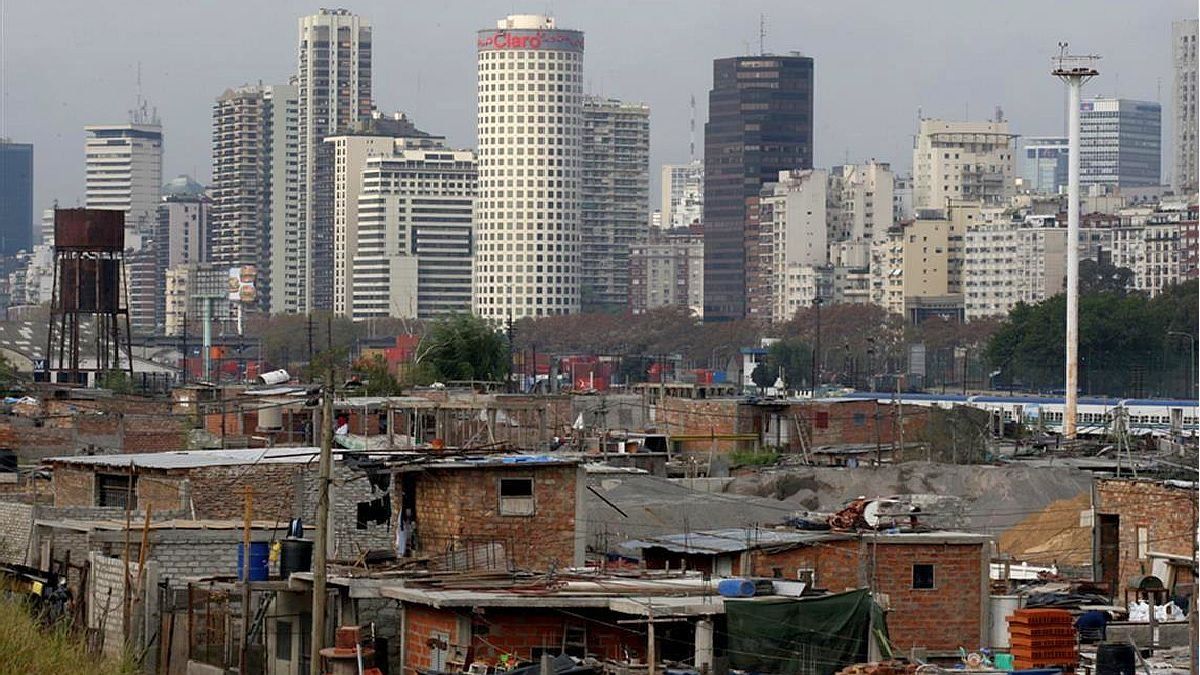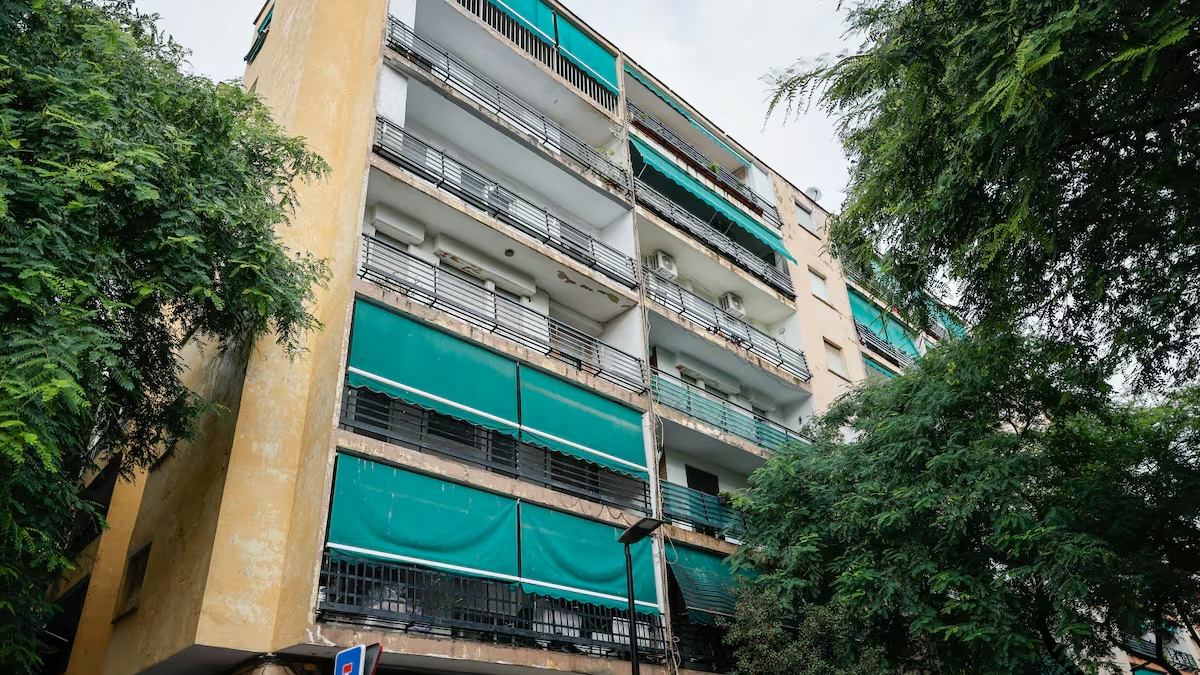In the same sense, the Buenos Aires statistical agency warned in its report that “households in the southern zone show the highest percentage of households in a condition of multidimensional poverty than in the rest of the city“, a situation that is exacerbated when considering that “single-person households have the highest income” and that “family households”, which, unlike the north, are the majority in the south, “are poorer”.
The official figures show this contrast: while the second quarter family per capita income was $86,215 districtwidein the neighborhoods of north was a 43.2% more ($123,446)but in those of south 42.1% less ($49,877)with a gap between the two extremes of 147.5% or, if you prefer, an inhabitant of the neighborhoods of the south needs to work two and a half times more than one of the north to acquire the same goods and services.
The difference in the measurement of multidimensional poverty is even greater: of 17.5% district averageof 7.4% in the northern neighborhoods and of the 32.1% in the south, 4.3 times more than at the other end of the city.
Multidimensional poverty takes into account, in addition to income, variables such as food and health, basic services, housing, habitat, educational access, employment and social security.
Salvia pointed out that the north-south contrast in the city “has a long history” whose origins date back to the 1970s.
“These inequalities have been reproducing over time and it makes the city grows in code to that logic“, stressed Salvia, to go on to address two variables in tension: on the one hand, the attempts of successive Buenos Aires governments to promote the development of the southern zone and, on the other hand, a market logic that deepens the differences.
In this regard, he clarified that “it does not mean that something cannot be done, but the public policy of the city in recent years, in some cases deepened this inequality“, beyond the fact that it sought to “recover spaces that were degraded or improve the quality of life in villas, settlements and neighborhoods in the south of the city, with greater investment in urban infrastructure, housing and services.”
“But also has been favored -and I am not talking exclusively about this government, but in general-, what we are seeing in Puerto Madero, or the urban complexes that are being developed in the north, both in the city and in the suburbs. In this way, sectors with money are favored to invest in real estate businesses”, completed the director of the ODSA.
In order to mitigate the situation, proposed to accentuate promotion measures from the tax flank“who are not always faced with the necessary radicalization”, and in that way “encourage more investment of higher quality in housing and urban planning in the poorest areas“.
“But what helps the most to change all this, is that people get good jobs“, Salvia maintained, since he considered that, in the midst of the reproduction of the “market patterns” to which he referred, “the jobs that are found for those who live in the south, for those with the lowest levels of education, are the worstthe lowest quality and lowest wages”.
In this sense, he warned that “if the occupational situation improvedespecially in the poorest sectors, obviously this is going to imply that the family itself invests in the improvement of many aspects, such as education, health, housing, habitat”.
“This requires that people have a better job and greater savings capacity, but when that does not happen, what happens to poor areas is that they become more depressed and deteriorate and many times ghettos of marginal populations are formed,” he concluded. Sage.
Source: Ambito
David William is a talented author who has made a name for himself in the world of writing. He is a professional author who writes on a wide range of topics, from general interest to opinion news. David is currently working as a writer at 24 hours worlds where he brings his unique perspective and in-depth research to his articles, making them both informative and engaging.




